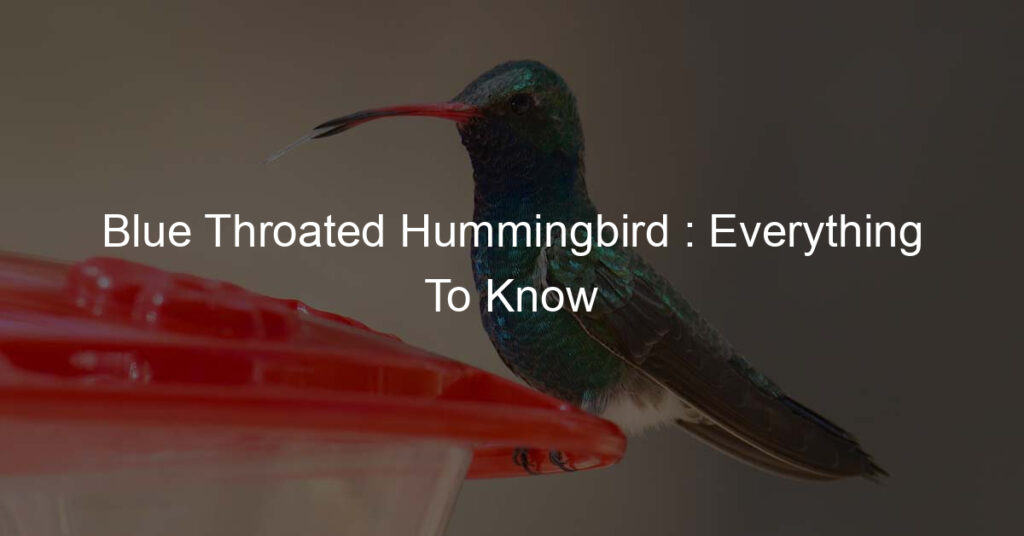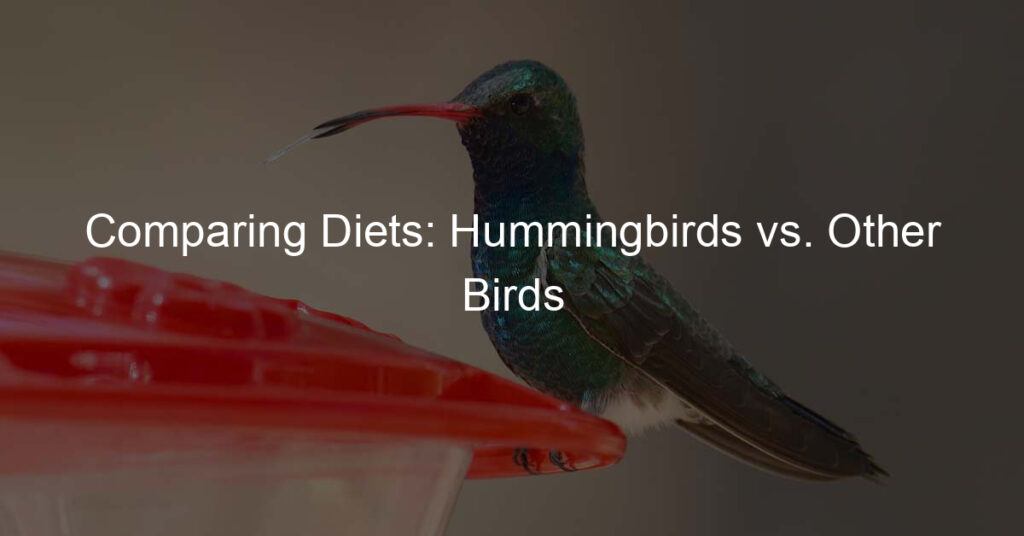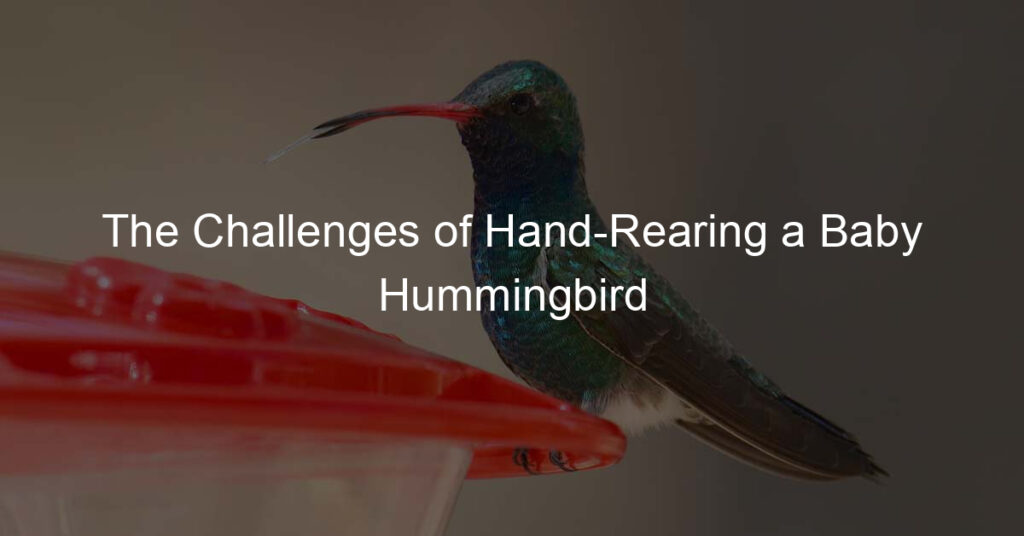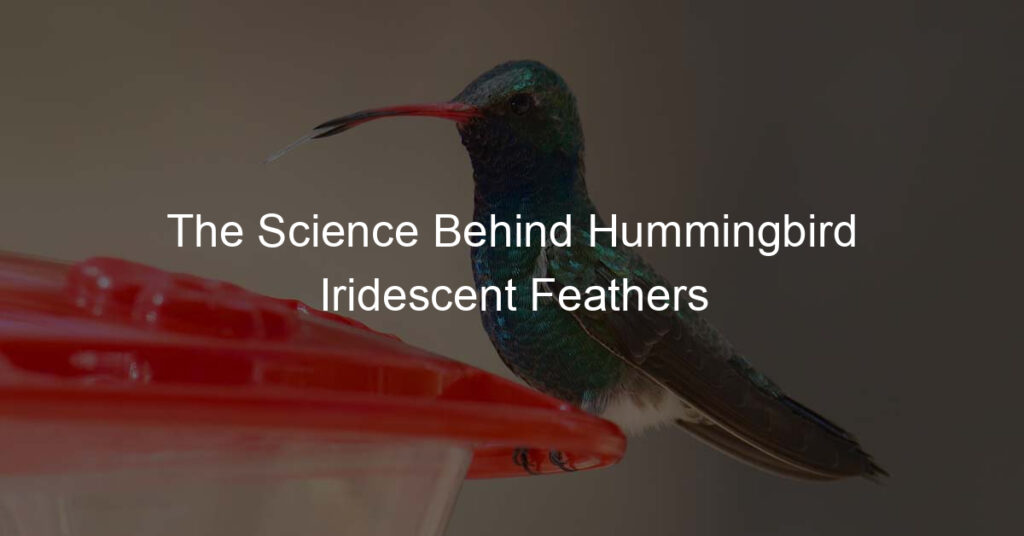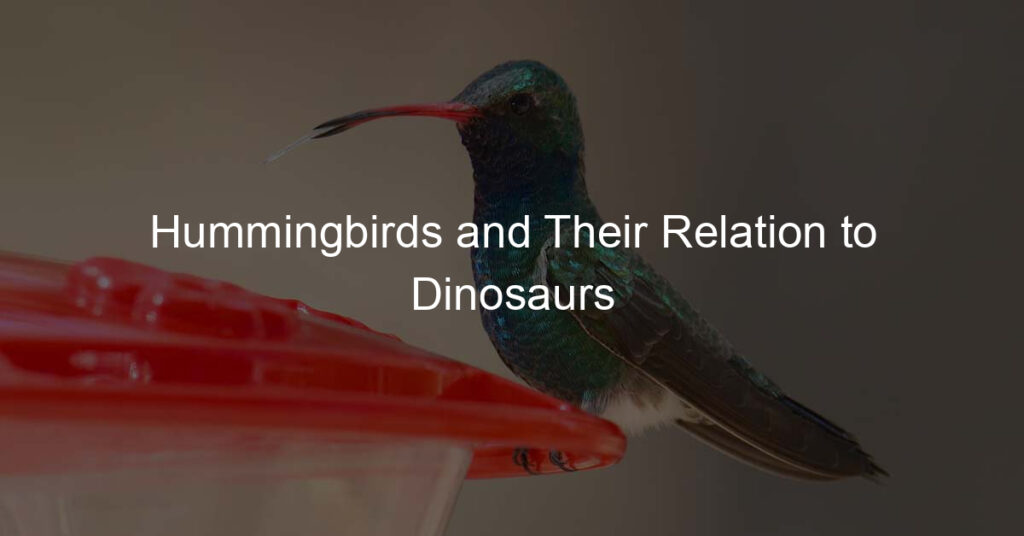Have you ever seen a hummingbird in the wild? If so, you may have seen a blue throated hummingbird! These birds are incredibly small but they are also quite fascinating to watch. These birds are native to the southwestern United States and northern Mexico and they can often be found near desert oases or areas with plenty of flowers, trees, and shrubs.
So what else should you know about these amazing little birds? Here’s everything you need to know about the blue-throated hummingbird.
What Are Its Physical Characteristics?
The blue-throated hummingbird is relatively small with a body length ranging from 3 to 3.5 inches long. It has an emerald green back with a white belly highlighted by rust red patches on either side of its throat; this gives the species its namesake “blue throat” appearance when viewed from certain angles. It also has two white stripes on either side of its forehead as well as two small spots near its eyes which are black or dark gray.
The male bird has a bright blue gorget (patch) on its throat while females have a patch that is more greyish/brownish in coloration. These two white facial stripes distinguish the Blue-throated from the rest of the hummingbird species.
What Do They Eat?
Like other hummingbirds, these birds feed primarily on nectar from flowers or sugary water from bird feeders, or even sugar water mixtures provided by humans for them to drink from feeders or dishes left outside specifically for them! The blue-throated hummer will also eat insects such as gnats, flies, mosquitos, and spiders for protein during breeding season or if food sources are scarce due to weather conditions.
They’ll also sometimes catch small fruit like red currants. Soft plant fibers are also used to help construct their nest. Sugar water feeders and wildflowers should be placed in areas where they can easily access them to help ensure the species’ survival.
Read More: Do Hummingbirds Use Bird Baths?
What Is Their Behavior Like?
The blue-throated hummingbird is incredibly territorial and will aggressively defend its territory from other birds, smaller animals, or even humans. It’s not uncommon for these little birds to dive-bomb intruders or hover just above their heads! When they’re gathering nectar they tend to fly in short bursts and are constantly moving, making them a joy to watch but difficult to photograph. They can often be seen flitting between flowers in search of the best sources of food during the day and roosting in trees at night.
Where Does Blue Throated Hummingbird Live?
The blue-throated hummingbird can be found in parts of southern Arizona and New Mexico, west Texas, and Mexico. This species loves the arid desert climate and is commonly seen hovering around cacti and other vegetation in search of nectar. They also enjoy visiting local bird feeders if they’re available in their environment.
Read More: Do Hummingbirds Like Hydrangeas?
How Do They Reproduce?
Blue-throated hummingbirds typically mate during the wetter months of March and April. The female blue-throated hummingbird will build a nest out of plant fibers, moss, feathers, and spider webs and line it with softer materials such as hair or fur. She’ll then lay two eggs which she incubates for about 14-16 days before they hatch. After hatching, the female will feed her young with regurgitated nectar and insects until they are ready to leave the nest in about three weeks.
Blue-throated hummingbirds are incredible little birds that live in desert areas of the southwestern United States and northern Mexico. They can often be seen hovering near flowers or bird feeders searching for nectar or insects to eat. These birds have a bright blue gorget (patch) on the throat of the adult male, and two small black or dark gray spots near their eyes.
They can be very territorial and will aggressively defend their territory from intruders. These birds reproduce by building nests out of plant fibers and moss, laying two eggs, and then feeding their young with regurgitated nectar until they are old enough to leave the nest. Blue-throated mountain gem hummingbirds play an important role in their ecosystem and need our help to survive.
Read More: 8 Types Of Hummingbirds In Arizona
Mating & Nesting Habits
Blue-throated hummingbirds typically mate between April and August, depending on location and weather conditions. During this period, males will try to attract females by performing spectacular aerial displays including dives and V-shaped flights at incredible speeds of up to 50 mph! After mating, females will build nests out of plant material such as grasses and mosses which are then decorated with lichens for camouflage from predators like hawks or squirrels. Females lay two white eggs which hatch after about 15 days of incubation time by both parents who take turns sitting on them for warmth until hatching occurs. They can hybridize with the Magnificent Hummingbird and Broad-Billed Hummingbird.
What Do They Look Like?
The Blue-throated Hummingbird has a unique coloring that makes it easily identifiable from other hummingbirds. The male has an emerald green back with white underparts and a bright blue throat patch which gives it its name. Females have light grey backs with pale pinkish underparts and no throat patch.
Both genders have dark tails with white tips and long curved bills that help them extract nectar from flowers. Adult males boast a dazzling bronzy green hue on their upper body, with faint white lines adorning the area above and below their eyes. In addition, they possess an exquisite blue throat (gorget) that can appear darker in poor light.
Read More: 8 Types Of Hummingbirds In Colorado
Interesting Facts About The Blue Throated Hummingbird
The Blue-throated Hummingbird is an amazing species with some incredible features that make it stand out from other birds. For one thing, they are among the few species of birds that can hover in place while flying due to their rapid wing beats (over 50 beats per second). Additionally, they migrate twice a year between their summer breeding grounds and winter habitats – quite remarkable considering how small these birds are! Lastly, hummingbirds don’t need to drink water very often as they get most of their water from the nectar they consume daily.
Read More: 8 Types Of Hummingbirds In Washington State
Conclusion
Blue-throated hummingbirds are among some of the most fascinating creatures that inhabit North America’s deserts and oases! From their vibrant colors to their fast-flying acrobatics, it’s no wonder why these tiny birds draw so much attention from birdwatchers around the world! If you ever find yourself near a desert oasis or area with lots of flowers, be sure to keep your eyes peeled for these beautiful birds! You won’t regret it!

